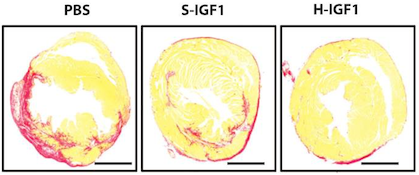The news is awash in studies of cholesterol-lowering statins and a much-anticipated (and expensive) class of drugs called PCSK9 inhibitors. Clinical trials show that now-generic (and cheap) statins reduce the risk of heart attack and stroke, although some patients report they can’t tolerate them. The data is still to come showing whether PCSK9 inhibitors have the same risk-lowering effect, as opposed to their effects on LDL cholesterol, which are robust.
When /if doctors have to start deciding who should take drugs that cost thousands of dollars a year and who shouldn’t, biomarkers may come in handy. How about a panel of markers like the one studied by Emory cardiologist Arshed Quyyumi, MD and colleagues?
At the recent American College of Cardiology meeting in Chicago, research fellow Salim Hayek, MD reported on a five-marker panel and how it could predict the risk of cardiovascular events (that is: death, heart attack, hospitalization for heart failure) in a group of patients who underwent cardiac catheterization at Emory hospitals.
The five biomarkers are: C-reactive protein (CRP, measures inflammation), suPAR (soluble urokinase-type plasminogen activator receptor or suPAR, predicts kidney disease), fibrin degradation products (FDP: blood coagulation), heat-shock protein-70 (HSP70, cellular stress) and troponin (hs-TnI, cardiac muscle damage). Data on three of these were published in 2013.
The Emory team keeps adding more biomarkers, and the ability of the accumulated information to add to what doctors can figure out easily — the Framingham score and its successors — becomes stronger.






